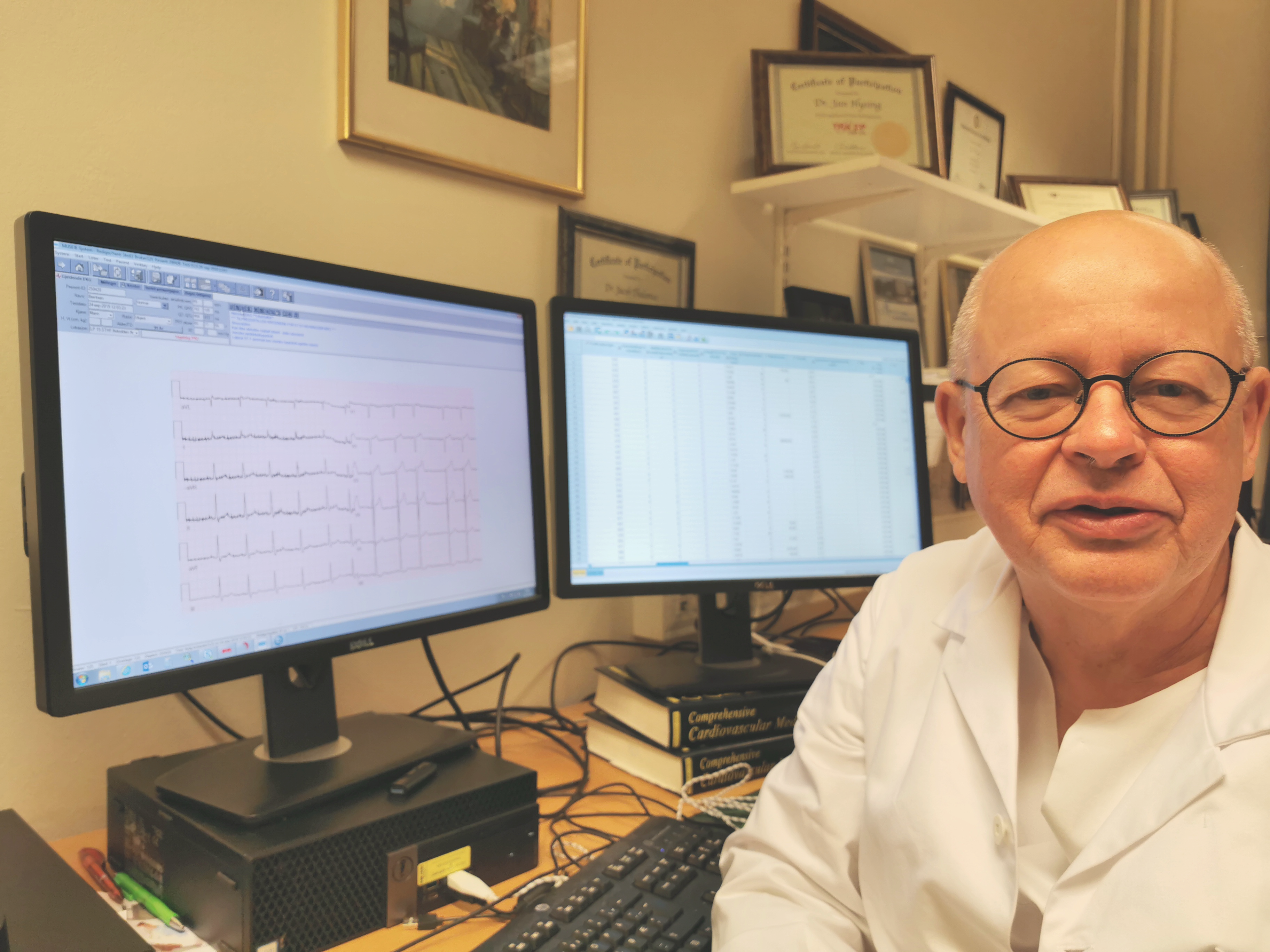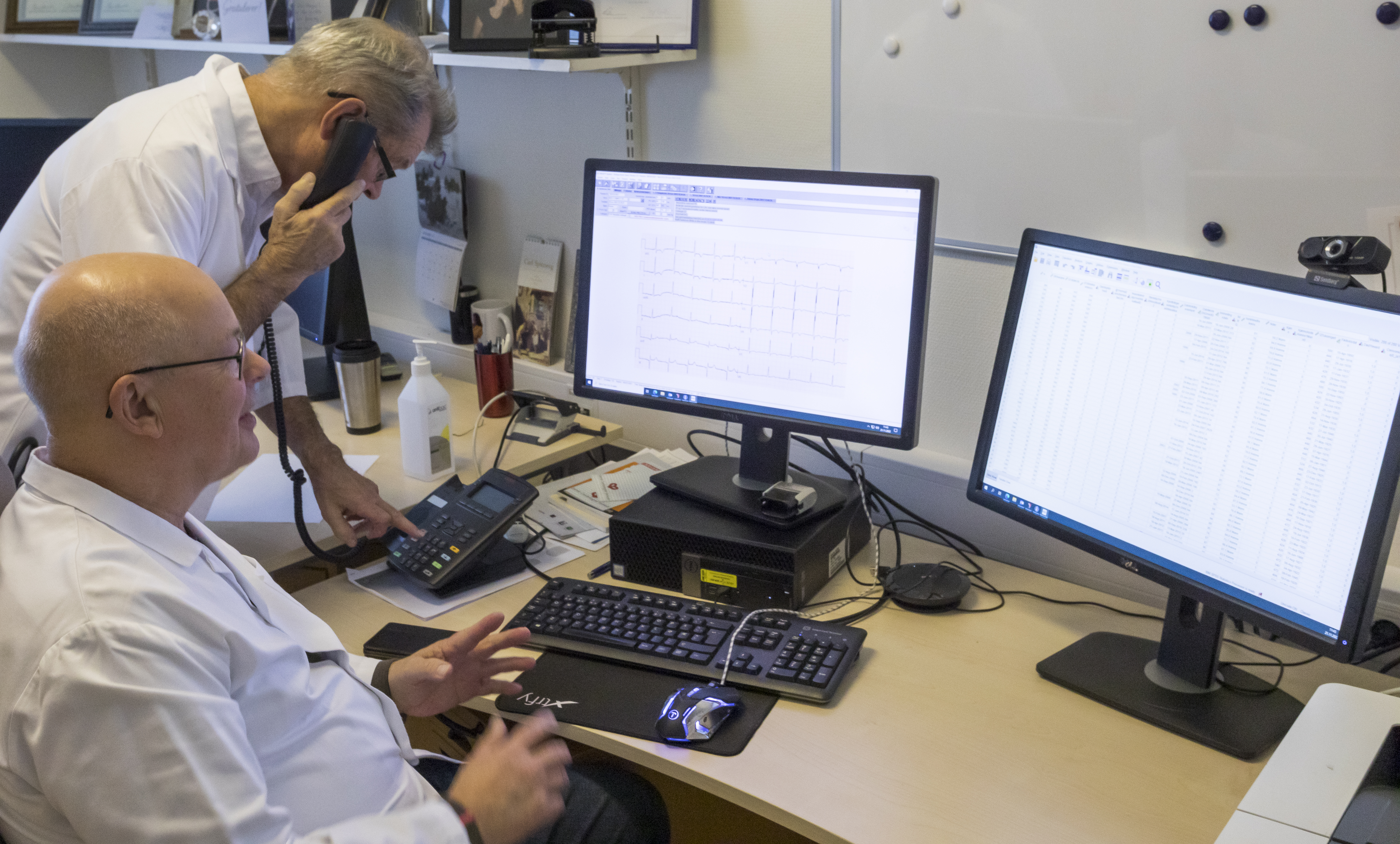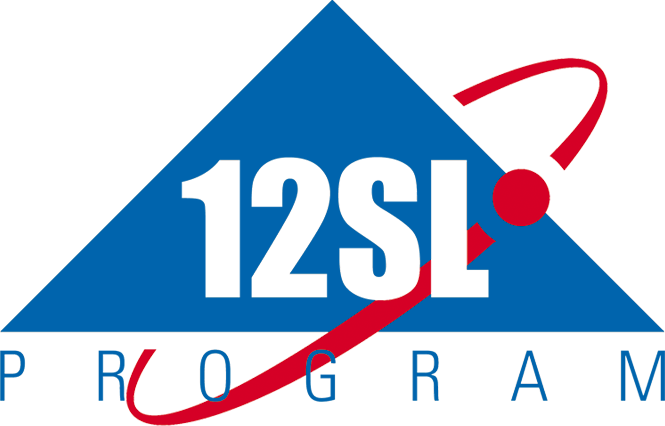When performing ECG, signs of QT prolongation is a powerful predictor of increased mortality risk. But to act effectively on the finding, integration of the ECG data into a digital workflow is essential and can, ultimately, save lives.
Jacob Thalamus, Senior cardiologist at the Telemark Hospital Trust Clinic of Internal Medicine in Skien, Norway, draws on more than 25 years of experience using ECG to diagnose for cardiac related diseases. Back in 2017, together with colleague Kristina Haugaa, Director of cardiology research at Center for Cardiological Innovation, Oslo University Hospital, Thalamus co-authored a comprehensive study concluding that an ECG measured QT prolongation – in short, the term for an extended interval between the heart contracting and relaxing – is a key indicator of increased 30-day mortality risk.
The significant study was only made possible because of the access to the community hospital’s database of no less than 225,000 digital electrocardiograms collected over more than a decade.
“We use the MUSE™ Cardiology Information System from GE HealthCare to store and manage all this data, and as a research tool it is second to none. If we hadn’t been able to use it to dive into and to analyse all these electrocardiograms in digital versions, we simply couldn’t have completed the study and reached the conclusions we did,” says Jacob Thalamus.
However, the system is also relevant as a tool in the day-to-day practice at the clinic. When performing ECG in the Telemark Hospital, using GE HealthCare ECG device equipped with 12SL™ – all data gets automatically stored in the MUSE system, not just the ECG image but also all other relevant measurement data and values, like heart frequency, RR interval, PR interval, whether or not the patient is in sinus rhythm and not least the QT duration and corrected QT duration (QTc).
Digital ECG data instantly available
“With all these data instantly available in a digital format and integrated in a digitized workflow in your clinic, especially with the electronic patient journals, you have the best diagnostic support for your clinical decisions. I can easily and in seconds get an overall picture and understanding of the patient in question and of the implications that is maybe causing or influencing any particular QT prolongation.”
“If you just had a scan of the electrocardiogram, as it comes out of the ECG machine on paper, you simply wouldn’t be able to get the same overview of all the data and findings, and certainly not as effectively. That is why the digital integration of the ECG data is not just nice to have, but in fact essential in my opinion,” Thalamus continues.
A measurement of QT prolongation is important because it can indicate an increased mortality risk. It can be caused by a number of factors, e.g., age, medication, and inherited tendency. In the study, Haugaa and Thalamus concluded that use of QT-prolonging medications with known risk for Torsades de Pointes (TdP) poses the greatest mortality risk. Heart failure, survived cardiac arrest, and stroke are also risk factors for acquired QTc prolongation. In addition, women with prolonged QT proved to have lower mortality risk compared to men.
“In short, we as physicians need to be more aware of QT prolongation because it is such a powerful determinant of short-term prognosis. If we are aware of the condition and treat the patient on all frontiers, creating optimal conditions for the body and the heart, we may be able to prevent some QT-related deaths.”
Automated ECG measurement of QT prolongation
When the ECG machine measures for QT prolongation, it also automatically corrects the interval in relation to heart rate. Other factors, e.g., the technical quality and noise, which may influence the length of the prolongation and that needs to be taken into consideration to get a valid measurement. And according to Thalamus, the algorithm in the 12SL algorithm in GE HealthCare ECG devices does a good job measuring the QT with an accuracy of >90%.
“When the ECG quality is good, with no obvious flaws, and no significant arrhythmias you can trust the machine’s values. But I still recommend that you always use half a minute to double check yourself, it’s just a good routine. A strong digital integration of ECG data into the digital workflow in your clinic is something I can really recommend as it is a better tool in the daily practice. But until the day comes when AI (Artificial Intelligence) is so fine-tuned that the measurements is always 100 percent correct, the check from a trained nurse or cardiologist is still necessary,” Jacob Thalamus concludes.
12SL program and Marquette™ 12SL Algorithm
-
Since its introduction in 1980 the Marquette 12SL ECG analysis program has been consistently refined and improved to offer our customers the best possible clinically validated decision support to help achieve faster accurate diagnosis.
-
Exceeds current standards1 for 12- and 15-lead measurements and analysis
-
By using all leads of the median complex to define the end of ventricular repolarization, Marquette 12SL offers accuracy and consistency in QT measurement.
REFERENCES
1. Marquette™ 12SL™ ECG Analysis Program Physician’s Guide 2056246-002, 2015, 2019 General Electric Company.
© 2023 GE HealthCare. MUSE and Marquette 12SL are trademarks of GE HealthCare.
GE is a trademark of General Electric Company used under trademark license. JB24817XX
Jacob Thalamus and GEHC doesn’t have contractual relationship beyound the fact of being a GEHC product end user.








